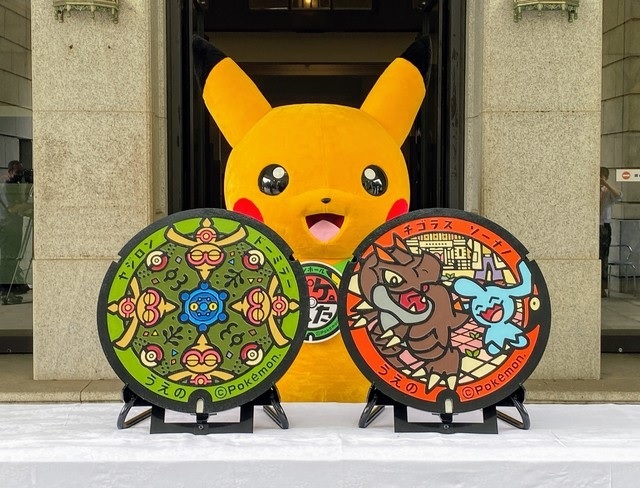
Pokéfuta are waiting for fans outside two of Japan’s best museums.
Tokyo’s Ueno Park is one of the city’s biggest tourism draws, and it’s actually several attractions in one. In addition to its shady cherry blossom tree-lined pathways and beautiful lotus pond, the park is home to multiple museums and a zoo, and now it’s added even more attractions with a pair of brand-new Pokémon manhole covers!
These are the first-ever Pokémon manhole covers, or Pokéfuta, as they’re called in Japanese, to be installed in central Tokyo, and none other than Pikachu himself was on-site for a special ceremony prior to their June 14 installation.
Appearing on the first of the two covers is Tyrunt, the Tyrannosaurus-like Pokémon who Trainers can resurrect from a fossil in the Pokémon. Appropriately, the Tyrunt Pokéfuta, which also features Wynaut, is found in Ueno Park near the entrance to the National Museum of Nature and Science, which has an impressive collection of dinosaur fossils itself.
▼ The Tyrunt/Wynaut Pokéfuta is found not far from the museum’s full-scale blue whale replica statue.
Meanwhile, Ueno’s other Pokémon manhole cover stars Baltoy, whose design is inspired by Japan’s traditional earthenware dogu figures from the late Jomon period (c. 1000 BC), and Bronzor, a mysterious steel/psychic-type found in tombs, according to Pokémon lore.
▼ Dogu
Because of Dogu and Bronzor’s connections to ancient civilizations, their Pokéfuta has been placed near the main gate of the park’s Tokyo National Museum, whose extensive collection of artistic antiquities includes dogu.
▼ Both Pokéfuta are in public areas of the park, so you don’t need to purchase a museum admission ticket to see them.
▼ Pikachu was joined at the pre-installation ceremony by the vice-directors of both museums.
As the first Pokéfuta in Tokyo’s 23 central wards (the capital’s others are out in the suburbs or a town that’s 24-hour boat ride from downtown that’s still technically part of Tokyo), the two new covers are sure to get plenty of visitors Thankfully, the Pokéfuta are permanent installations, so there’s no rush to see them if a trip to Tokyo isn’t in your immediate travel plans, and if you end up having to wait until next spring you’ll be just in time to also see the full-size Pokémon skeletons at the special exhibit coming to the National Museum of Nature and Science.
Sources: PR Times (1, 2)
Top image: PR Times
Insert images: PR Times (1, 2), Wikipedia/Saigen Jiro
● Want to hear about SoraNews24’s latest articles as soon as they’re published? Follow us on Facebook and Twitter!

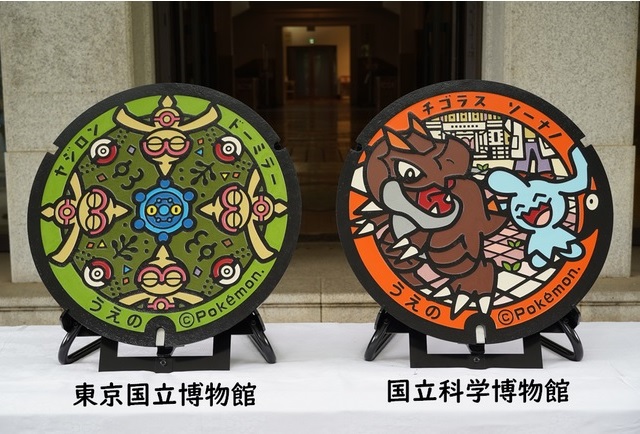
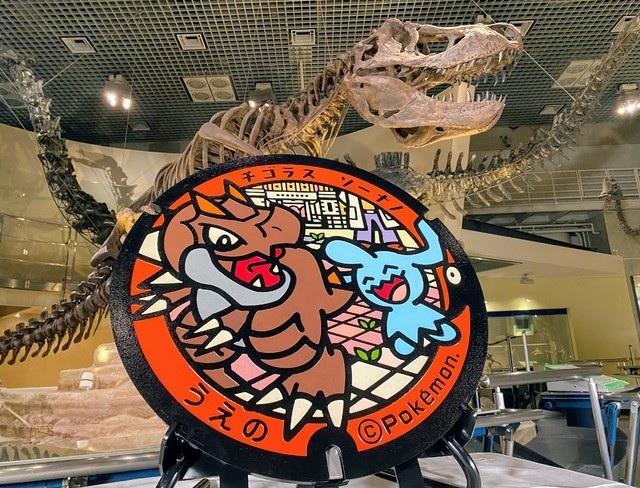
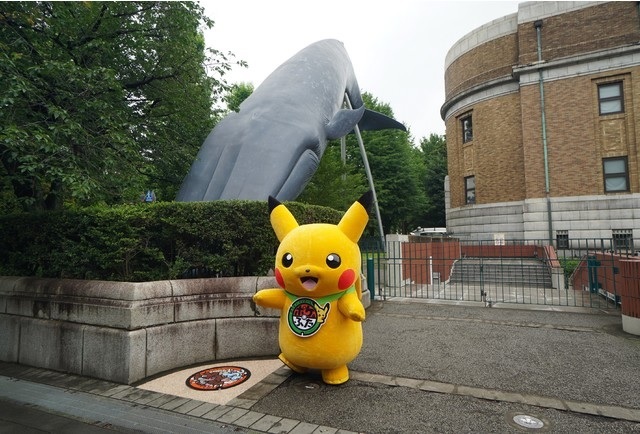
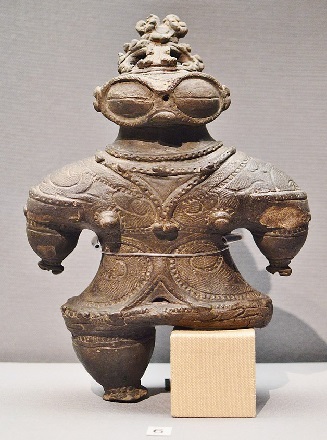
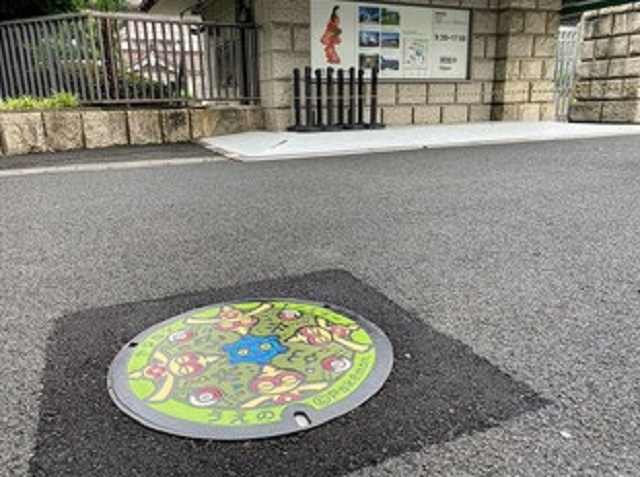
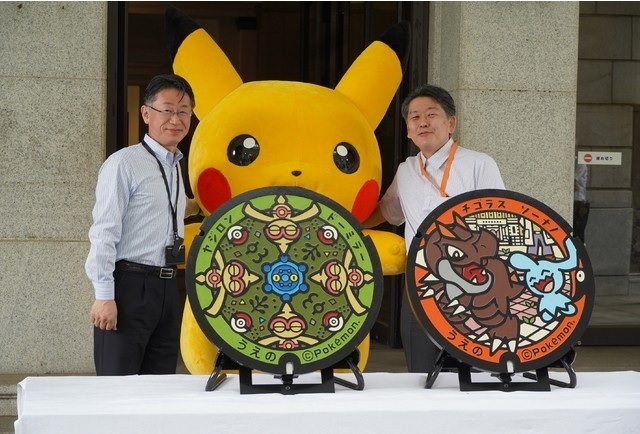
 Pokémon manhole covers come to Fukuoka with eight species appearing in Kitakyushu
Pokémon manhole covers come to Fukuoka with eight species appearing in Kitakyushu Kinki Gyarados! Japan’s central region gets its first Pokémon manhole covers
Kinki Gyarados! Japan’s central region gets its first Pokémon manhole covers Pathetically weak Magikarp shown love with Pokémon manhole covers in birthplace of koi culture
Pathetically weak Magikarp shown love with Pokémon manhole covers in birthplace of koi culture Brand-new Pikachu manhole covers coming to Japanese city to celebrate Pokémon World Championships
Brand-new Pikachu manhole covers coming to Japanese city to celebrate Pokémon World Championships Pokémon manhole covers spreading with eight new Pokéfuta in Miyazaki
Pokémon manhole covers spreading with eight new Pokéfuta in Miyazaki Seaside scenery, history, and so many desserts on Yokohama’s Akai Kutsu【Japan Loop Buses】
Seaside scenery, history, and so many desserts on Yokohama’s Akai Kutsu【Japan Loop Buses】 Foreigner’s request for help in Tokyo makes us sad for the state of society
Foreigner’s request for help in Tokyo makes us sad for the state of society Should you add tartar sauce to Japanese curry rice? CoCo Ichi makes diners an unusual offer
Should you add tartar sauce to Japanese curry rice? CoCo Ichi makes diners an unusual offer Ghibli Park now selling “Grilled Frogs” from food cart in Valley of Witches
Ghibli Park now selling “Grilled Frogs” from food cart in Valley of Witches Japanese city loses residents’ personal data, which was on paper being transported on a windy day
Japanese city loses residents’ personal data, which was on paper being transported on a windy day Akihabara pop-up shop sells goods made by Japanese prison inmates
Akihabara pop-up shop sells goods made by Japanese prison inmates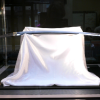 Amazing exhibition of Japan’s legendary “cursed katana” is going on right now【Photos】
Amazing exhibition of Japan’s legendary “cursed katana” is going on right now【Photos】 Yokohama restaurant serves fried axolotl, along with giant isopod, camel, and crocodile
Yokohama restaurant serves fried axolotl, along with giant isopod, camel, and crocodile We tried Korea’s way-too-big King Tonkatsu Burger at Lotteria 【Taste Test】
We tried Korea’s way-too-big King Tonkatsu Burger at Lotteria 【Taste Test】 Larger than life Doraemon doll will delight fans, terrify pets and small children
Larger than life Doraemon doll will delight fans, terrify pets and small children McDonald’s new Happy Meals offer up cute and practical Sanrio lifestyle goods
McDonald’s new Happy Meals offer up cute and practical Sanrio lifestyle goods Japanese ramen restaurants under pressure from new yen banknotes
Japanese ramen restaurants under pressure from new yen banknotes French Fries Bread in Tokyo’s Shibuya becomes a hit on social media
French Fries Bread in Tokyo’s Shibuya becomes a hit on social media Studio Ghibli releases new action figures featuring Nausicaä of the Valley of the Wind characters
Studio Ghibli releases new action figures featuring Nausicaä of the Valley of the Wind characters Red light district sushi restaurant in Tokyo shows us just how wrong we were about it
Red light district sushi restaurant in Tokyo shows us just how wrong we were about it New private rooms on Tokaido Shinkansen change the way we travel from Tokyo to Kyoto
New private rooms on Tokaido Shinkansen change the way we travel from Tokyo to Kyoto Tokyo Tsukiji fish market site to be redeveloped with 50,000-seat stadium, hotel, shopping center
Tokyo Tsukiji fish market site to be redeveloped with 50,000-seat stadium, hotel, shopping center Beautiful Ghibli sealing wax kits let you create accessories and elegant letter decorations【Pics】
Beautiful Ghibli sealing wax kits let you create accessories and elegant letter decorations【Pics】 Studio Ghibli releases Kiki’s Delivery Service chocolate cake pouches in Japan
Studio Ghibli releases Kiki’s Delivery Service chocolate cake pouches in Japan New definition of “Japanese whiskey” goes into effect to prevent fakes from fooling overseas buyers
New definition of “Japanese whiskey” goes into effect to prevent fakes from fooling overseas buyers Our Japanese reporter visits Costco in the U.S., finds super American and very Japanese things
Our Japanese reporter visits Costco in the U.S., finds super American and very Japanese things All-you-can-drink Starbucks and amazing views part of Tokyo’s new 170 meter-high sky lounge
All-you-can-drink Starbucks and amazing views part of Tokyo’s new 170 meter-high sky lounge More foreign tourists than ever before in history visited Japan last month
More foreign tourists than ever before in history visited Japan last month New Pokémon cakes let you eat your way through Pikachu and all the Eevee evolutions
New Pokémon cakes let you eat your way through Pikachu and all the Eevee evolutions Disney princesses get official manga makeovers for Manga Princess Cafe opening in Tokyo
Disney princesses get official manga makeovers for Manga Princess Cafe opening in Tokyo Sales of Japan’s most convenient train ticket/shopping payment cards suspended indefinitely
Sales of Japan’s most convenient train ticket/shopping payment cards suspended indefinitely Sold-out Studio Ghibli desktop humidifiers are back so Totoro can help you through the dry season
Sold-out Studio Ghibli desktop humidifiers are back so Totoro can help you through the dry season Japanese government to make first change to romanization spelling rules since the 1950s
Japanese government to make first change to romanization spelling rules since the 1950s Ghibli founders Toshio Suzuki and Hayao Miyazaki contribute to Japanese whisky Totoro label design
Ghibli founders Toshio Suzuki and Hayao Miyazaki contribute to Japanese whisky Totoro label design Doraemon found buried at sea as scene from 1993 anime becomes real life【Photos】
Doraemon found buried at sea as scene from 1993 anime becomes real life【Photos】 Tokyo’s most famous Starbucks is closed
Tokyo’s most famous Starbucks is closed One Piece characters’ nationalities revealed, but fans have mixed opinions
One Piece characters’ nationalities revealed, but fans have mixed opinions We asked a Uniqlo employee what four things we should buy and their suggestions didn’t disappoint
We asked a Uniqlo employee what four things we should buy and their suggestions didn’t disappoint Princesses, fruits, and blacksmiths: Study reveals the 30 most unusual family names in Japan
Princesses, fruits, and blacksmiths: Study reveals the 30 most unusual family names in Japan Kyoto now has Pokémon manhole covers as Generation 2 comes to the real-life Johto region
Kyoto now has Pokémon manhole covers as Generation 2 comes to the real-life Johto region Tochigi Prefecture’s three new Pokéfuta are the first in the north of Japan’s Kanto region
Tochigi Prefecture’s three new Pokéfuta are the first in the north of Japan’s Kanto region Five new Pokémon manhole covers arrive in Tottori Prefecture, now with one in every municipality
Five new Pokémon manhole covers arrive in Tottori Prefecture, now with one in every municipality Saitama Prefecture scores its first Pokémon manhole covers in Tokorozawa City
Saitama Prefecture scores its first Pokémon manhole covers in Tokorozawa City Pokémon come to real-life Johto region with new Pokémon manhole covers for Nara【Pics】
Pokémon come to real-life Johto region with new Pokémon manhole covers for Nara【Pics】 Japan’s Pokémon manhole covers travel to you in new line of mugs, replicas, and other merch【Pics】
Japan’s Pokémon manhole covers travel to you in new line of mugs, replicas, and other merch【Pics】 Brand-new Pokémon manhole covers coming to Japan’s snowy Hokkaido Prefecture!
Brand-new Pokémon manhole covers coming to Japan’s snowy Hokkaido Prefecture! Brand-new Pokémon manhole covers have Sandshrew welcoming you to an often forgotten part of Japan
Brand-new Pokémon manhole covers have Sandshrew welcoming you to an often forgotten part of Japan Miyazaki Prefecture celebrated Exeggutor Day by installing nine more Exeggutor-themed Pokéfuta
Miyazaki Prefecture celebrated Exeggutor Day by installing nine more Exeggutor-themed Pokéfuta Ishikawa latest prefecture to join those with Pokémon manhole lids across Japan
Ishikawa latest prefecture to join those with Pokémon manhole lids across Japan Collect ’em all! New Pokéfuta accessories now available at Village Vanguard
Collect ’em all! New Pokéfuta accessories now available at Village Vanguard Eight new Pokémon manhole covers featuring Vulpix spawn in snowy Hokkaido Prefecture
Eight new Pokémon manhole covers featuring Vulpix spawn in snowy Hokkaido Prefecture Pokémon manhole covers make their debut in Japan’s Aomori Prefecture
Pokémon manhole covers make their debut in Japan’s Aomori Prefecture Getting tired of Pokémon Go? Maybe visiting the Pokémon manhole covers will reignite your passion
Getting tired of Pokémon Go? Maybe visiting the Pokémon manhole covers will reignite your passion Seven new Pokémon-themed manhole covers featuring Vulpix make their debut in Hokkaido this summer
Seven new Pokémon-themed manhole covers featuring Vulpix make their debut in Hokkaido this summer Beautiful Sailor Moon manhole cover coasters being given out for free by Tokyo tourist center
Beautiful Sailor Moon manhole cover coasters being given out for free by Tokyo tourist center
Leave a Reply